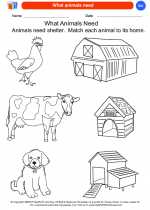Wetlands
Wetlands are areas where water covers the soil, or is present either at or near the surface of the soil all year or for varying periods of time during the year, including during the growing season. These areas include marshes, swamps, and bogs, and they are home to a diverse range of plant and animal species.
Types of Wetlands
There are several types of wetlands, each with its own unique characteristics:
- Marshes: are characterized by soft-stemmed vegetation and are often found near the mouths of rivers and in shallow areas of lakes.
- Swamps: are dominated by trees and are often found in forested areas with slow-moving or standing water.
- Bogs: are acidic wetlands that are typically found in cool, northern climates and are characterized by a spongy layer of peat.
Importance of Wetlands
Wetlands play a crucial role in the environment and provide a range of important ecosystem services:
- Wildlife Habitat: Wetlands provide essential habitat for a wide variety of plant and animal species.
- Flood Control: They help to absorb and store excess water, reducing the risk of flooding in surrounding areas.
- Water Filtration: Wetlands act as natural filters, trapping sediment and pollutants, and improving water quality.
- Recreation: Many wetlands provide opportunities for outdoor recreation, such as birdwatching, fishing, and hiking.
Threats to Wetlands
Despite their importance, wetlands are facing numerous threats, including:
- Urban Development: The draining and filling of wetlands for development purposes.
- Pollution: Runoff from agricultural and urban areas can introduce pollutants into wetland ecosystems.
- Climate Change: Rising temperatures and sea levels can impact the health and stability of wetland habitats.
Study Guide
Here are some key points to remember when studying wetlands:
- Define what wetlands are and identify the different types of wetlands.
- Understand the importance of wetlands in the environment, including their role in wildlife habitat, flood control, and water filtration.
- Identify the threats facing wetlands and discuss potential solutions for their conservation.
- Explore specific examples of wetlands and the plant and animal species that inhabit them.
By understanding the significance of wetlands and the challenges they face, we can work towards protecting and preserving these valuable ecosystems for future generations.
[Wetlands] Related Worksheets and Study Guides:
.◂Science Worksheets and Study Guides Kindergarten. All About Animals
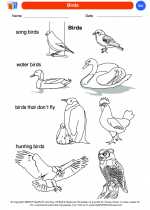
 Coloring Worksheet
Coloring Worksheet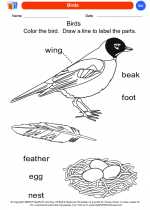
 Coloring Worksheet
Coloring Worksheet
 Coloring Worksheet
Coloring Worksheet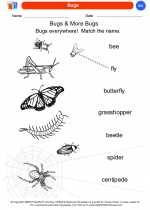
 Coloring Worksheet
Coloring Worksheet
 Coloring Worksheet
Coloring Worksheet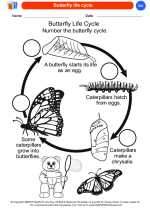
 Coloring Worksheet
Coloring Worksheet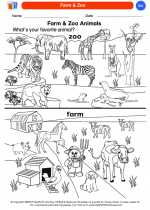
 Coloring Worksheet
Coloring Worksheet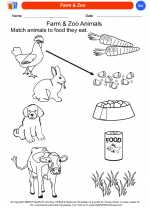
 Coloring Worksheet
Coloring Worksheet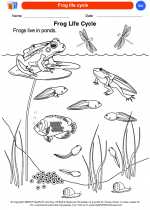
 Coloring Worksheet
Coloring Worksheet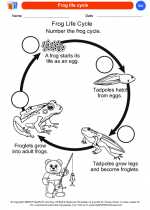
 Coloring Worksheet
Coloring Worksheet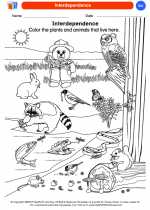
 Coloring Worksheet
Coloring Worksheet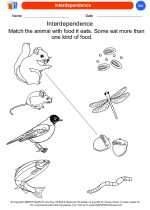
 Coloring Worksheet
Coloring Worksheet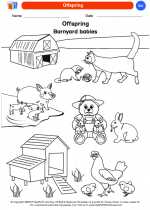
 Coloring Worksheet
Coloring Worksheet
 Coloring Worksheet
Coloring Worksheet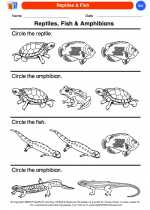
 Coloring Worksheet
Coloring Worksheet
 Coloring Worksheet
Coloring Worksheet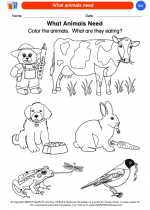
 Coloring Worksheet
Coloring Worksheet